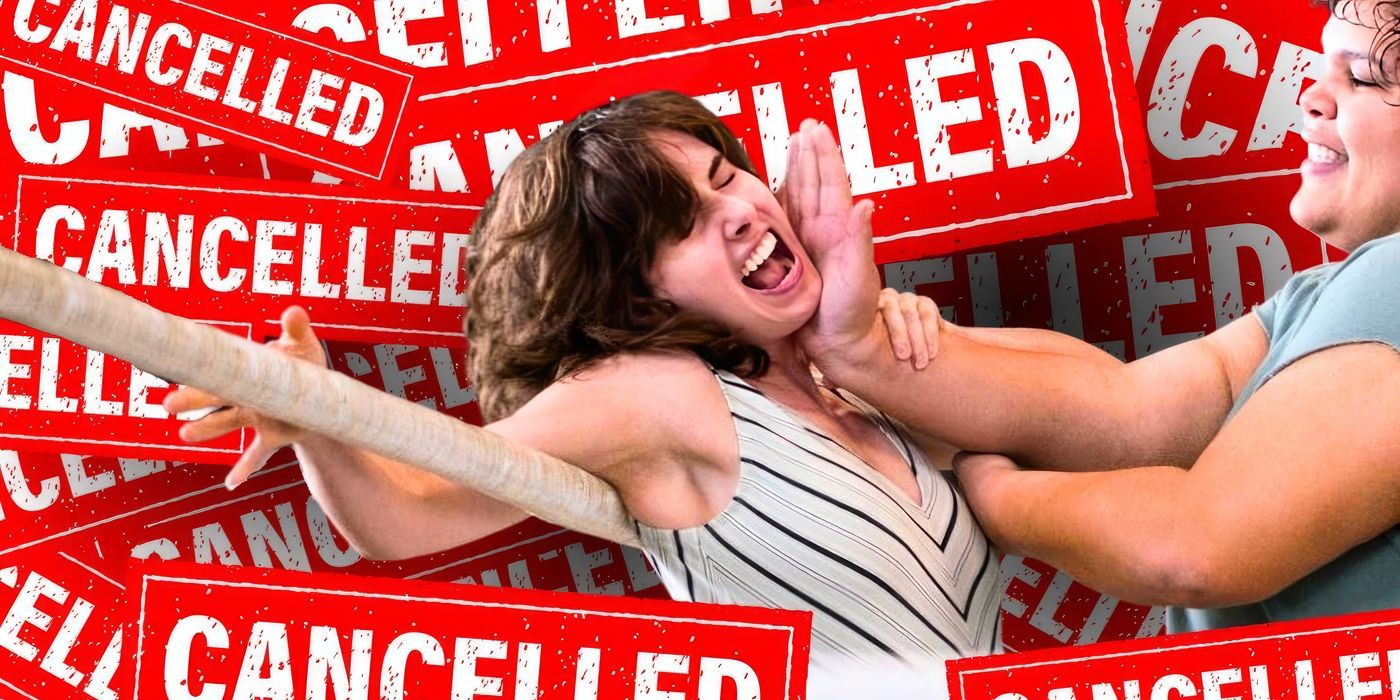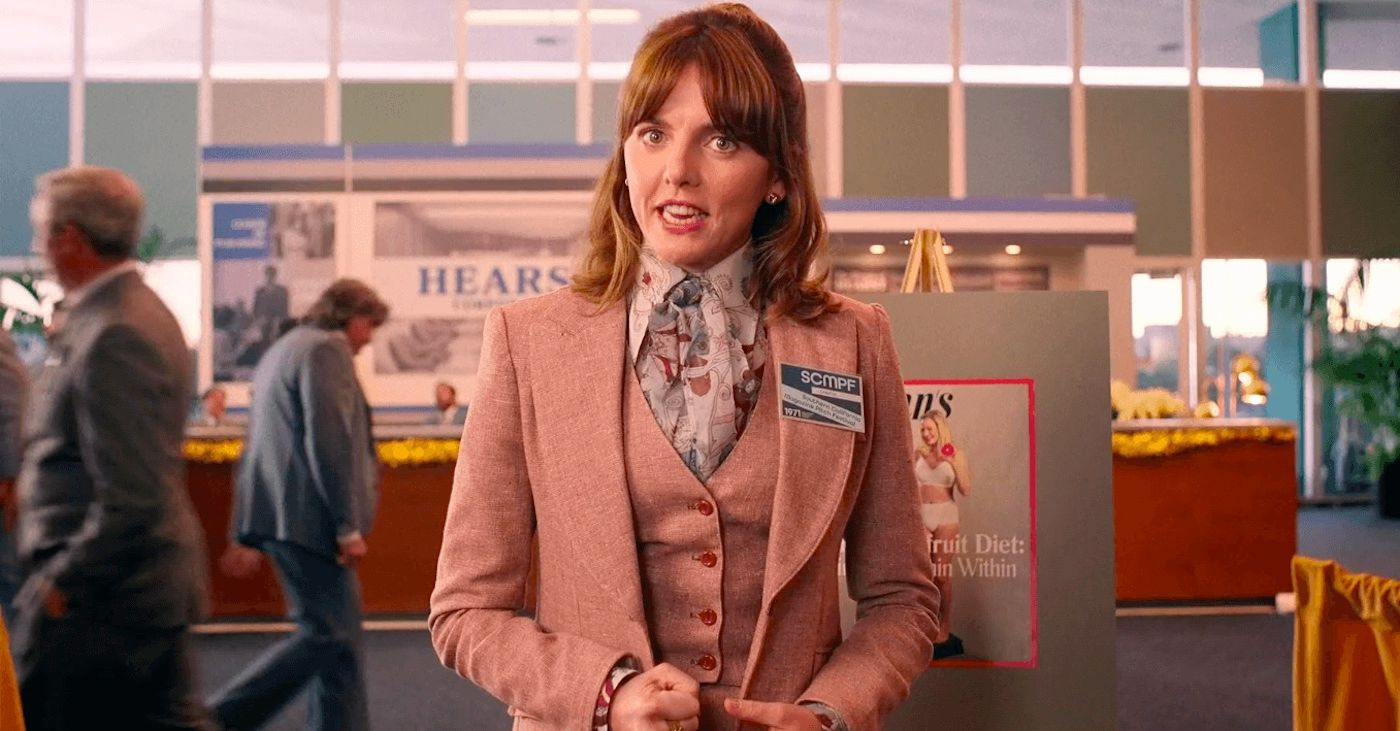It’s official (well, as official as surveys and the like ever can be): Viewers have gotten wise to networks canceling things so easily, and so quickly, and they have started to adapt to this new television landscape. After all, why get attached to a show and invest time in the characters only for it to be given the ax shortly after the season wraps, like the recent Reboot (even if it deserves a second season)? Or just a month into its run, like several others from the long list of shows canceled in 2022? Plus, there’s also the chance a show’s renewal is simply tossed aside, and it gets canceled after all (Glow), because, quoting no one in particular, “Business money business, and stocks.” Aside from having an obvious effect on the many behind-the-scenes people involved, from directors, writers, and those first few listed on the call sheet to every single one of the names quickly flashing by in the end credits, viewers themselves are increasingly through with being jerked around.
As a recent YouGov (via Variety) survey revealed, 27% of American adults would rather wait until a season is over and the future is looking bright, or at least decided, before they even bother starting up with a new streaming show. They’ve apparently been burned one too many times and have come to the conclusion that waiting until it’s done is the best course of action against wasting time on a dead end. If 27% doesn’t seem like a very big number, there’s also 46% from the same survey – that’s the number of Americans who would rather go the route of waiting until an entire series is complete before even beginning the first episode.
It’s likely a case where many refuse to have the rug pulled out from under them again and again. Maybe they’re a long-time TV watcher who sees the never-ending flow of new streaming services, and the many shows they each bring with them, as the perfect opportunity to step back with a wait-and-see approach (or “cut the cord,” as was a popular phrase for ditching cable TV entirely). Maybe they’re a younger viewer who has never really known a different kind of television selection than the a la carte nature of all the different streaming options, in which case feeling a unique attachment to any older way of watching things is a complete non-starter. Either way, they don’t want to play the game.
‘Must-See TV’ to ‘Can Wait TV’
For those who still remember the olden days of broadcast TV being the only way to watch the newest episodes of favorite shows from a fairly finite amount of networks, the options have become innumerable. Instead of trying to keep up with everything, which is entirely impossible, viewers can now pick and choose on their terms and their time. If the DVR once gave TV watchers the option to catch an episode at their leisure, the instant gratification of binge-watching has seemingly been joined with the delayed gratification of wrap-watching (waiting until a series is wrapped before starting) to become the binge-wrap watch. Depending on the person and the series, it’s entirely possible to binge-wrap an entire show in the time it would have taken between airing two new episodes on TV. There’s something to be said for a season of television stretching out over a period of time, instead of being a flash in the pan that burns so bright and so quickly. At the very least, it instills some forced patience in an increasingly go-go-go world.
Making sure society values patience and other worthy attributes was hardly the intention of things like “Appointment viewing,” “Must-See TV,” or whatever other catchy phrase found on page after page of TV Guide, but the effective buzzwords did enforce the concept of regularly sitting and watching a show as something actionable and fun, something that would then be talked about with friends, family, and coworkers in the days to come. From September to May, with perhaps too many repeats littered around, that was generally the deal. As part of that instilled regularity, however, those responsible seemed to understand that schedules and promises actually meant something. Shows were canceled all the time, obviously, both unjustly and for good reason, but there was generally an order to things (again, it must be stressed, generally). A show would air for a while, get a chance to sink or swim, and then it’d either be canceled or renewed soon after the series wrapped. There were some aberrations, of course, but mostly it was reliable and easy enough for viewers.
It feels safe to say that framework is largely gone. There are still many series doing the classic TV model on old-school networks, several of which continue to be quite successful, but the wide-scale structure of how it used to function has been replaced with a looser understanding. From things like how many episodes a show could have in any given year to when the next season might air, it’s all a bit of a crapshoot. The fun new trend, which Warner Bros. recently indulged in, is canceling shows already renewed for another season. Not even just that, but in some cases these decision-makers actually wait until production on a new season is just about done (or done entirely!) before handing the entire cast & crew a pink slip. That kind of thing hasn’t gone unnoticed among TV viewers, which is surely a contributing factor for some when it comes to their reticence in starting new shows.
Cancel or Binge?
Also according to that Variety YouGov study, 48% of those surveyed said their reason for wanting to wait until a series ends is because they prefer binge-watching. As if cancelation-wariness wasn’t enough, the reality is also that many just don’t have interest in waiting to see the latest episode each week, one at a time, for months on end. TV seasons, especially for streaming services, are frequently somewhere in the 6-13 episode range, and, whether the show is 30 minutes or an hour, making a long weekend out of it once it’s over is too appealing for millions of fans. Whatever the reason, many viewers have arrived at the same conclusion of simply checking back in on a series they heard was good once it’s over and done with.
There’s almost no learning curve for a show anymore, that time when writers and actors all realize what’s working, what’s not, and what they didn’t even consider. They have to somehow be amazing immediately enough so that it’s a resounding success, or at least enough of a success that people might give it a shot, but then the show also needs to nail the finale in a way that makes some kind of waves on social media. What’s missing from that scenario is often that whole middle section, between premiere and finale, where a series actually finds itself and the viewer discovers what it is they like, from characters to storylines to music to whatever else. It’s more about the journey than the destination, as the saying goes, and putting off possible enjoyment until some hypothetical end date out of fear of being burned again will only result in lots of lost fun and unachievable expectations.



